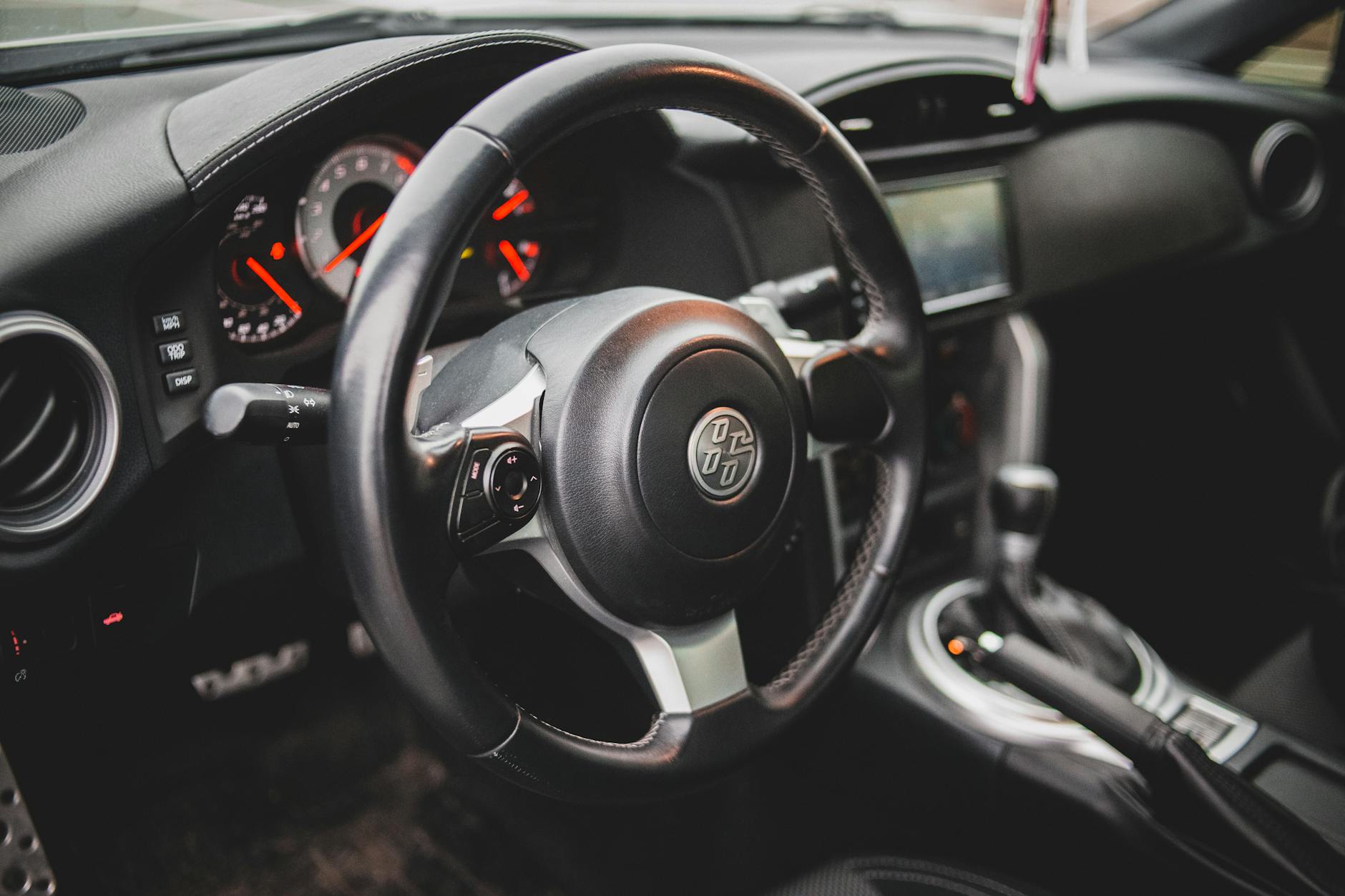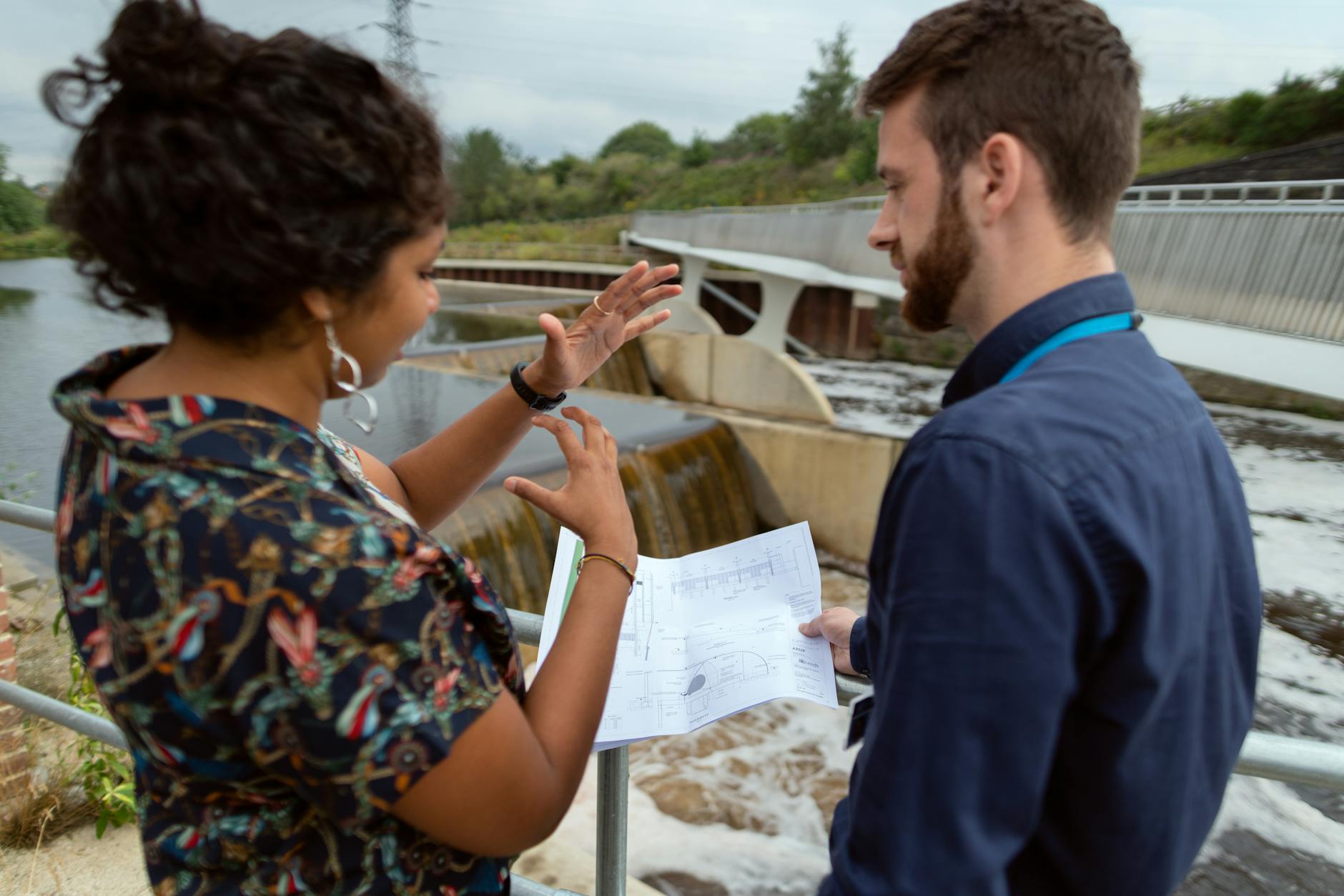How to Integrate SEO into Visual Branding Solutions in Australia

SEO Basics for Visual Branding
Understanding how to harness the power of SEO is crucial for elevating your visual branding efforts. For graphic designers and creative professionals, it’s akin to mastering the craft with an eye for detail, such as the vibrant art scene at the National Gallery of Victoria. Integrating foundational SEO practices can amplify the impact of your creative pieces online. For instance, an seo agency perth can offer insights into optimising visuals that capture the audience's attention.
Key SEO Concepts
SEO involves enhancing your online visibility organically. It's about making your content accessible and attractive to search engines. The core concepts include keyword research, on-page optimisation, link building, and content creation tailored to your target audience. Think of SEO as a curated fashion line, where each piece — whether it's a keyword or a backlink — plays a critical role in the overall collection's success.
SEO and Visual Elements
Incorporating SEO into visual elements is about more than just eye-catching design; it's about ensuring those visuals reach the intended audience. Techniques like adding metadata and optimizing file names make your visuals more searchable. Consider how a beauty hack enhances a makeup routine — a tiny tweak yielding stunning results when amplified by platforms like programmatic seo.
Localized SEO Strategies
For businesses aiming to make a mark in the local community, localized SEO is essential. It involves using location-specific keywords and registering with local directories to boost visibility in your area. Imagine your work being displayed in Hosier Lane, celebrated not only for its aesthetics but its ability to draw in a dedicated audience. Employ these strategies to ensure your branding resonates well within your community.
Enhancing Visual Content for SEO
Optimising visual content is an art. As a beauty advisor would recommend the perfect foundation shade, I suggest understanding image optimisation when aiming for digital impact. Whether showcasing your creations or products, ensuring that images load quickly without sacrificing quality is fundamental. Compress your visuals using tools that maintain clarity, a hack parallel to selecting the right brush for precision application. Tools like TinyPNG or ImageOptim can be valuable allies here.
Image Optimization Techniques
Here’s how Brisbane's creative professionals can enhance their visual content:
-
File Formats: Compare JPEGs for photographs and PNGs for graphics with gloss. It's akin to choosing between cream and powder blush based on skin type.
-
Size Matters: Maintain the balance between quality and load speed. Much like a flawless smoky eye, success lies in achieving smooth transitions.
-
Descriptive File Names: Name files descriptively, akin to naming a lipstick shade after a mood, ensuring it aligns with your content’s theme and audience.
Creating Alt Text Strategically
Alt text is your visual storytelling partner. Picture it as the description on a makeup palette: It should evoke the image's essence. This not only aids in accessibility but also boosts your strategy with an organic SEO agency.
Visual Storytelling with SEO
Harmonise your visuals with a narrative that captures your brand’s essence, reminiscent of the invigorating lanes of Hosier Lane. Creating vivid stories through imagery invites engagement and elevates your brand’s presence. Partnering with an SEO agency Adelaide could offer tangible benefits for your visual narrative efforts, helping your brand shine brightly within the National Gallery of Victoria's vibrant art scene.
Balancing SEO with Branding
Authenticity in Branding
As a beauty advisor looking to help online creatives balance SEO and branding, staying true to your authentic voice is crucial. You might find inspiration in the artistic vibrancy of places like Melbourne's National Gallery of Victoria. Just as artworks reflect the genuine expression of an artist, your brand should echo your true essence. This authenticity builds trust and ensures your audience feels a deeper connection.
Maintaining Brand Consistency
In your digital marketing efforts, like those done by a professional SEO agency Brisbane, it's essential to maintain a consistent brand image. This means aligning your online presence with your core values and visual aesthetics. Imagine it similar to using a signature makeup style that becomes synonymous with your identity. Consistent use of fonts, colors, and messaging across all platforms ensures that your audience recognises and engages with your brand instantly.
Personal Touch in Digital Marketing
Adding a personal touch to your digital marketing strategy can make all the difference. Think about how Hosier Lane's street art captivates with its unique flair and personal stories. Similarly, your brand can use blogging or vlogs to share behind-the-scenes insights, making your audience feel like a part of your journey. This approach humanises your brand, making your digital space feel more inviting and personal. Through genuine interactions and by showcasing the real people behind the brand, you can foster a community that values connection alongside commerce.
Local SEO for Australian Businesses
Understanding the Australian Market
As we venture into optimizing Australian businesses for local SEO, understanding the distinct dynamics of the Australian market becomes crucial. In my years of experience, I have realized the importance of connecting with the audience on a personal level, akin to offering beauty hacks to enhance natural glow. Such strategies apply to SEO as well. By tailoring approaches that foster genuine engagement, you ensure your business resonates with local nuances and preferences.
The vibrant art scene at the National Gallery of Victoria and the colourful streets of Hosier Lane illustrate the essence of local flavour. Imagine if your business could similarly capture and convey a unique identity through digital presence. This is where leveraging the expertise of an SEO agency Hobart could play a transformative role. They offer insights tailored specifically for Tasmanian businesses, ensuring efforts are well-aligned with local behaviours and trends.
Consider incorporating location-specific phrases and cultural references that reflect your understanding of local culture. For instance, if you're promoting a nursery business in Tasmania, aligning with local flora or community events can boost visibility. This ensures customers searching for related services easily find you, cultivating both authenticity and trust within the community.
By embedding yourself within local culture and digital landscapes, you create an authentic and impactful connection with your audience.
Best Practices in Visual SEO: Final Tips for Success
Embrace Sustainable SEO Tactics
In Melbourne's dynamic art scene, sustainability isn't just about eco-friendliness; it extends to your SEO strategies as well. It's vital to keep your tactics evergreen, mirroring the timeless art pieces at the National Gallery of Victoria. This means continuous learning and adapting to the ever-changing digital landscape. Regularly audit your visual content, ensuring images are both high-quality and fully optimised for search engine optimisation. This requires keeping file sizes manageable and metadata consistently aligned with SEO best practices. Remember, thorough keyword research and implementation is key, so identify those that most resonate with your niche and locality without overstuffing.
Implement Scalable Techniques for Small Enterprises
For creative professionals and graphic designers, scalability is the key to growth. Like the shops along Chapel Street which start small but dream big, employ techniques that can grow with your business. Begin by focusing on creating templates for your online content that streamline the SEO process. Customisable templates allow for quick adaptation to new content, while ensuring consistency in SEO application. This might include a systematic approach to crafting alt text for visuals or setting up a reusable checklist for digital content uploads. By refining these processes, even the leanest operation can compete on a larger stage.
Sidestep Common Pitfalls
The vibrant murals of Hosier Lane are a testament to precision and skill, qualities you also need to translate into your SEO practices. Avoid the temptation of keyword stuffing, as it disrupts user experience and can lead to penalties from search engines. Instead, prioritise relevance and readability. Ensure every image remains in context and supports the narrative you’re weaving. Additionally, keep abreast of Google's algorithm updates to dodge outdated practices that could harm your visibility. Effective visual SEO is as much about avoiding these common traps as it is about implementing the latest strategies.


